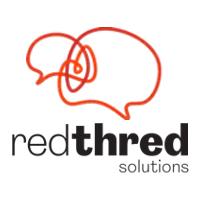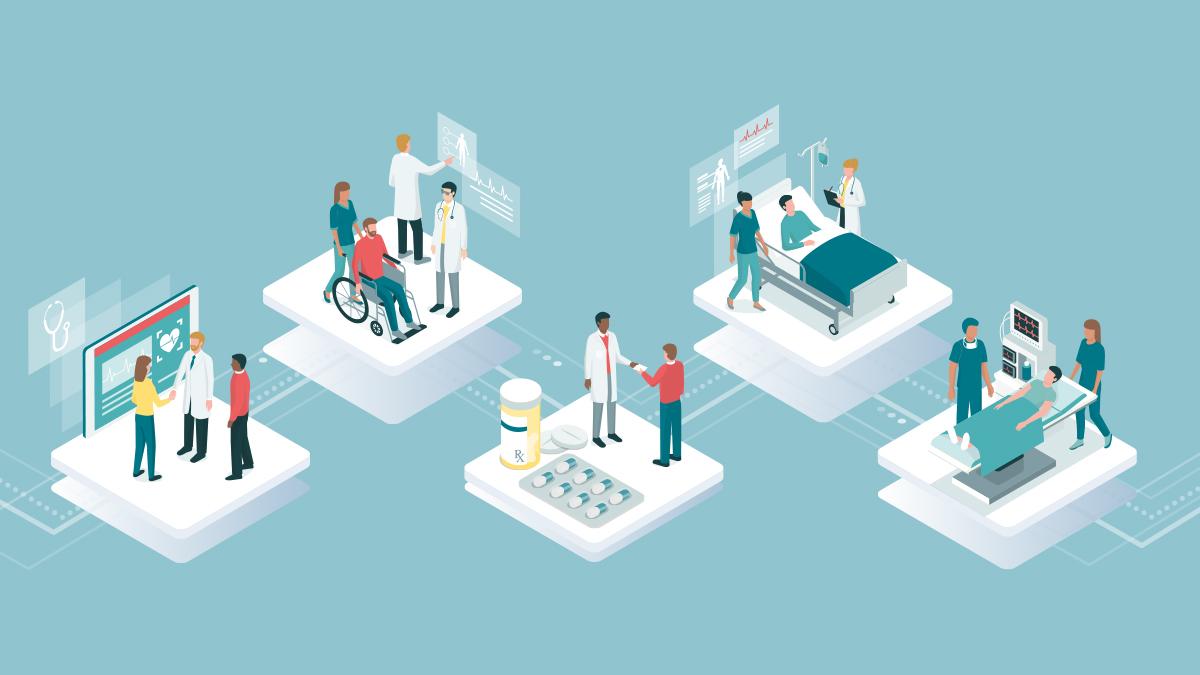PEER report: Building a bridge between patient advocacy and pharma

Over the last 25 years, patient advocacy groups (PAGs) have evolved from being optional participants to more formalised, structured, accepted members of the healthcare and research ecosystem.
With this evolution has come a pharma-wide recognition of the value of the patient voice throughout the drug development and commercialisation process. But with the two stakeholders coming from such different backgrounds and perspectives, how can they work together to achieve their shared goal of tackling unmet medical, emotional, and financial needs?
Michael Parisi, Global President, at life sciences consultancy firm, Lumanity, talks to us about advocacy’s coming of age, the challenges of cross-sector working, and the work he is doing with Red Thred Solutions and Patient Alliances to build a communication bridge between non-profits and industry.
A coming of age
Patient advocacy is nothing new, but its role has changed dramatically in recent years. Parisi explains that the sector we all recognise today has its roots in the HIV crisis of the 1980s.
“It was the first time that patient groups had demanded a seat at the table, asking drug developers to look at end-points that were meaningful to the community, not just those that were academically interesting,” he says.
Over time, PAGs have grown into structured, formalised organisations that house a wealth of knowledge and expertise that can help inform drug development, says Parisi, adding that the emergence of social media had played a crucial role, by allowing groups to “cast their nets much wider”.
Pharma understands that it has much to gain from tapping into this expertise. As advocacy has matured, the sector has invested in teams of experts dedicated to liaising with patients and embedding “unfiltered insights” into every element of business, from development to post-marketing.
At the same time, regulators, including the FDA in the US and the EMA in Europe, are placing an increasing emphasis on patient voices.
“We need to know how people truly behave when they're living their lives on a particular treatment or with a particular disease,” said Parisi. “Those insights can accelerate the drug development process and weed out the data that is meaningless, yet takes a lot of time, money, and effort to collect.”
All in all, patient-centric research is no longer a nice to have. Rather, it is a vital part of the drug development process.
Different cultures, common cause
PAGs and pharma may have the same aim – to improve the health outcomes of people living with diseases – but they approach it from different perspectives.
Operationally, they are very different, and the disparity between pharma’s corporate and PAGs’ charity-based cultures means they may not know how to navigate each other’s worlds.
There are, for example, hundreds of PAGs, and pharma may not always know which one to approach for a particular project, or to answer a particular question. In addition, the sheer volume of requests from different pharma companies, or even from within the same organisation, can inadvertently overwhelm resource poor PAGs.
Achieving their shared mission relies on these two different cultures finding the most productive ways to interact.
Enter the Patient Engagement and Equity Report (PEER), developed by Lumanity, Red Thred Solutions, and Patient Alliances to create a bridge between the two sectors, and share information that empowers them to work together more effectively.
The team has conducted a programme of qualitative and quantitative research with US and global PAGs and industry representatives to identify the challenges and opportunities.
“It’s about having a two-way dialogue,” said Parisi. “PAGs are looking to better understand the needs and the pressures that the pharma and biotech companies are under, so they can organise their communities in a way that will get the information they need to them, and vice versa.”
They have also used this information to create a PAG information hub, which allows pharma to quickly find the groups that could best help them to meet their objectives.
“We want to empower pharma to understand the complexity and variability in what different PAGs bring forward. Some are really strong in clinical development and research, whereas some don't touch that at all, for example.”
The overall goal, he goes on, is helping both sectors to understand how best to partner with each other, based on mutual trust and respect, for what each sector brings to the table.
A bridge between worlds
The PEER report makes a number of observations and recommendations. These include tailored advice on how each industry organisation can grow and evolve its patient engagement advocacy function in “the smartest, most informed way”, based on an understanding of how it is perceived externally, by PAGs, and internally by cross-functional partners.
It also highlights best practices in relationship building. It uncovered, for example, a greater need for transparency that could be achieved by “breaking down the walls between the sectors” and enabling less formal relationships with two-way dialogue.
This would feed into more effective communication and, in turn, a better understanding of each other’s needs, said Parisi. “One of the biggest pain points, for example, is the grant request process,” he says. “Very often, PAGs have to submit requests via a portal, and just get an accepted or rejected comment with no feedback. It can be a big source of frustration, because proposals take a lot of time, and without feedback, they really can't improve their submissions.”
Greater continuity in contacts can also help, as people moving to a new job in pharma can disrupt the relationships it can take so much time and effort to cultivate.
The report also highlighted some key trends and policy focus areas, to help pharma and PAG organisations align their strategic objectives. There has, for example, been an increased use of telemedicine and a growing awareness of the challenges of health inequality since the advent of COVID-19.
An important – though not wholly surprising – finding was the huge impact the pandemic has had on PAG resources and the patients they serve.
“The last few years have greatly impacted many patient groups. It was really important for us to bring that information forward. Some services have changed, some have accelerated, and some organisations have shifted their priorities tremendously over this time,” said Parisi.
“One positive, however, was that PAG leaders said their communications with pharma had accelerated. Rather than only meeting sporadically, they were having weekly or bi-weekly check-ins. They have found this tremendously beneficial – because greater connectivity and more consistent communication translates into better outputs.”
Strong foundations
The PEER report shows that the partnership between industry and PAGs is built on the strong foundations of shared ambition and mutual respect – and that both sides are ready and willing to use that to their patients’ advantage.
“As the patient centricity movement continues to accelerate, we need to do everything we can to make sure we are all working together as efficiently as possible,” says Parisi.
“Because only by maintaining these relationships and streamlining these processes will we be able to bring life-changing new treatments to the people who need them as quickly as possible.”
About Patient Alliances

Patient Alliances is a firm that connects health care clients to disease community partners that provide strategic insight and focus relating to Healthcare Issues & Policy. Our work strives to strategically connect patients, companies, physicians, and government agencies to work together to ensure patients have unencumbered access to innovative drug therapies.
Our services not only accomplish specific goals and objectives for our clients, they more importantly establish key relationships - relationships that are sustainable for future progress in improving patient care and access to innovation.
About Lumanity

Lumanity is a global advisory firm providing incisive thinking and decisive focused on accelerating and optimizing access to medical advances. Lumanity brings together diverse perspectives and unique patient, clinical, scientific, and functional expertise to develop innovative, yet pragmatic solutions to address the rapidly evolving and complex challenges that our client partners face every day.
About Red Thred Solutions

Red Thred Solutions is a patient engagement consultancy dedicated to helping healthcare companies and patient organisations develop global strategies for integrating the patients’ perspectives for better health outcomes.












